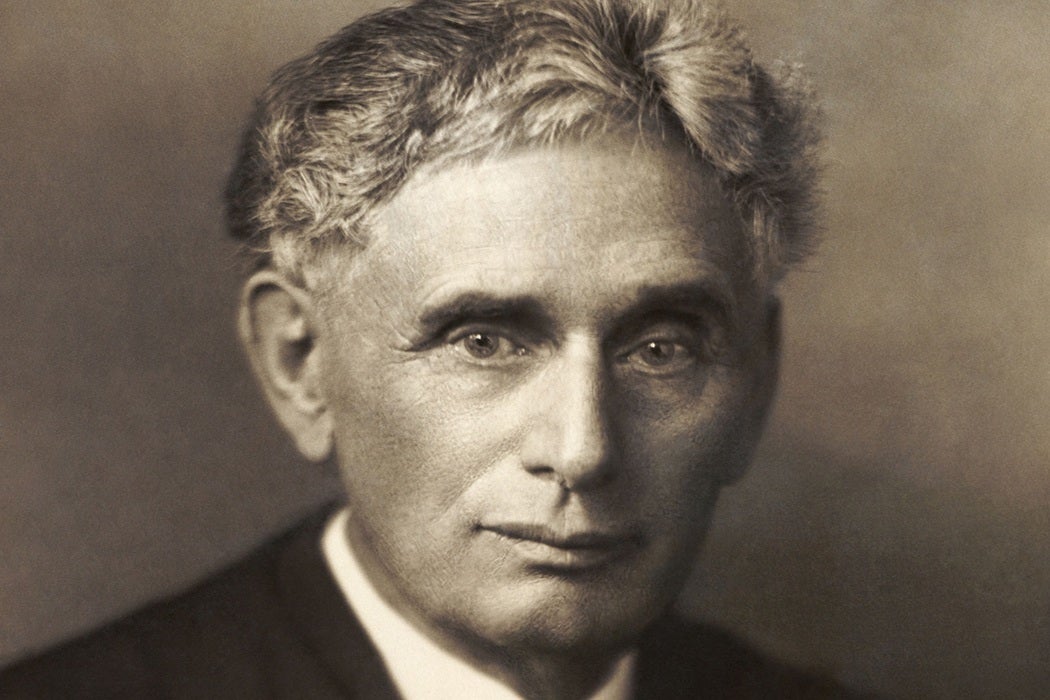Louis D. Brandeis was confirmed as a Supreme Court justice a century ago on June 1st. His was a two-fold milestone: the first Jewish person on the Supreme Court, after the first great battle for confirmation. With President Obama’s nominee to the Court, Merrick Garland, stuck in an unprecedented limbo, a look at a previous era’s bitter ideological contest over the highest court may be instructive.
Trevor Parry-Giles sets the stage for what he calls the “trial” of Brandeis with quotes from Woodrow Wilson, the President who nominated him, and former President William Howard Taft, who led the opposition against him. Wilson found Brandeis “singularly qualified,” for the Court; Taft argued that he was “not a fit person” to be on it.
Brandeis, known as “the people’s attorney,” was the face of the Progressive movement for social justice and human rights. Parry-Giles writes that among the pantheon of Progressives, no other “figure stands out more significantly for legal acumen and efforts on behalf of the reformist cause.” The traditional forces of capital and business were opposed to such a “radical,” and the fact that he was not a Christian meant they disliked him personally, too.
When Wilson’s nomination was announced, a gasp arose from the Senate; the next day, that body set up an unprecedented investigative committee to look into Brandeis’s record and character. (No Supreme Court nominee testified in public before the Senate until Harlan Stone in 1925.)
Brandeis’s character, reputation, judicial temperament, and ethics were the focus of the opposition. Character was code for politics, agues Parry-Giles, since Brandeis embodied Progressivism. He also notes that “lurking” beneath all talk of personality was the commonplace anti-Semitism of the day. Southern Democrats in particular were opposed to Brandeis precisely because he was Jewish; pro-business Republicans were more subtle about it. On the reverse side, Brandeis’s supporters tried to “keep Jewish activity in favor of the nomination to a minimum” so as not to arouse even more anti-Semitic fervor.
With hard-politicking by Wilson, who was up for re-election that year, Brandeis was confirmed 47 to 22—but an astonishing 27 senators chose not vote either way. The nomination process would never be the same again. For the likes of Charles Evans Hughes, Hugo L. Black, Abe Fortas, Robert Bork, and Clarence Thomas, the process became akin to a trial, forcing them to “justify past actions and overall worthiness.”
Weekly Digest
“The process of ideological embodiment,” concludes Parry-Giles, “has magnified the Supreme Court confirmation process and intensified its importance for the American political system.” Besides presidential elections, no other political process today is more controversial than the Supreme Court confirmation process.







